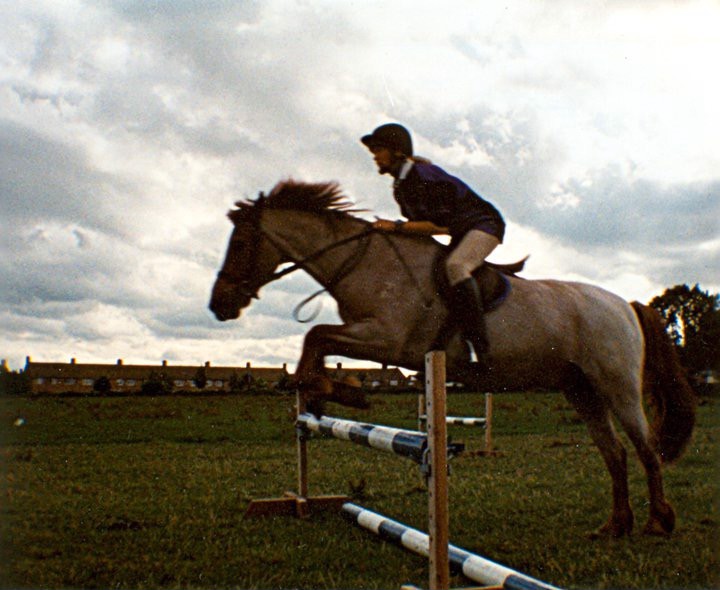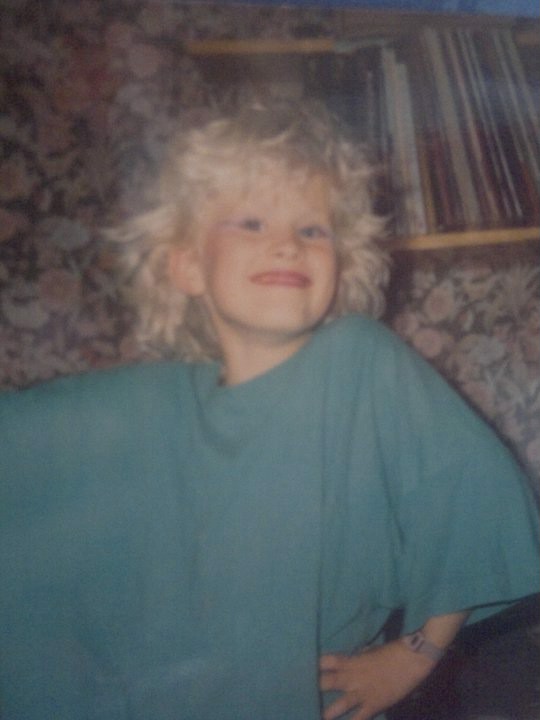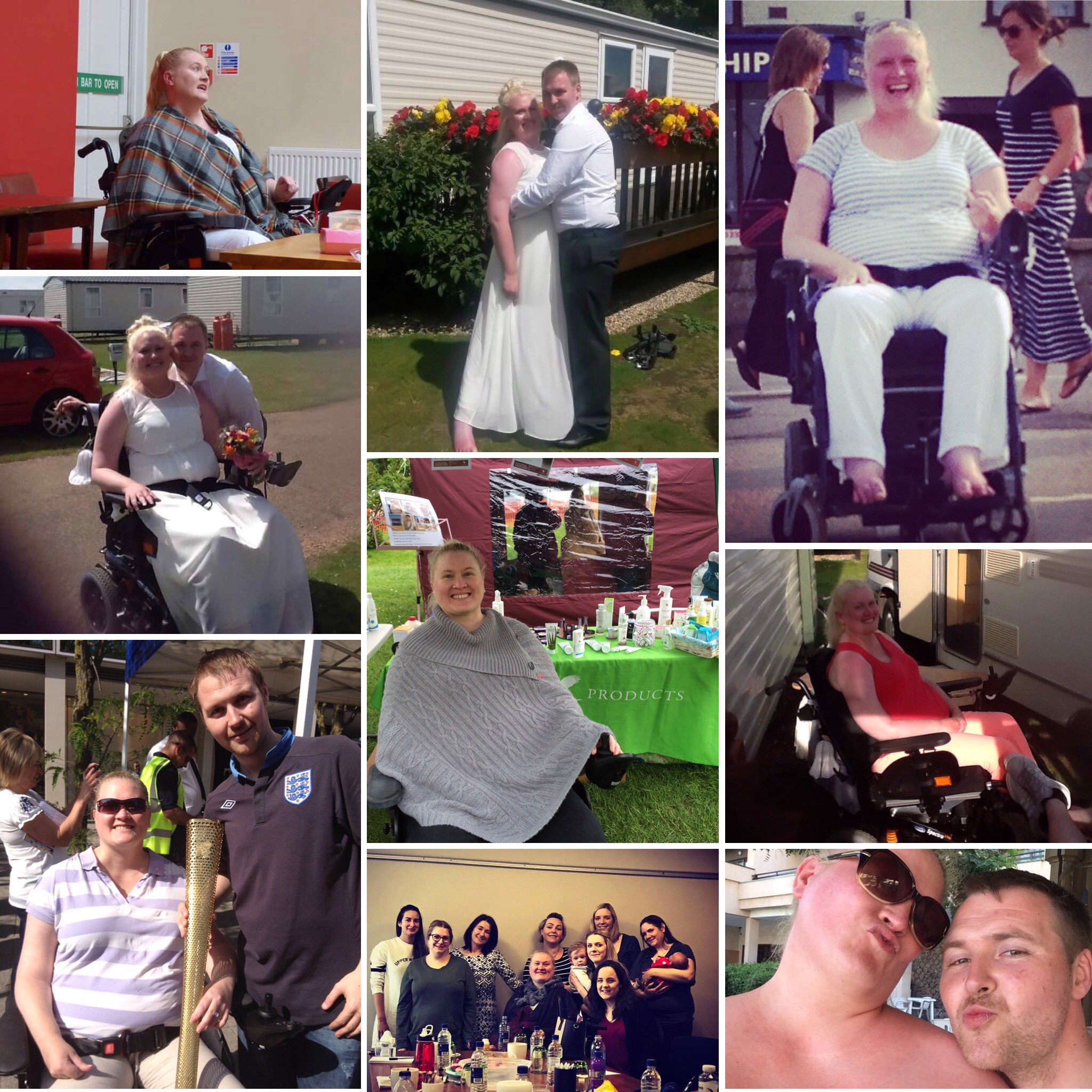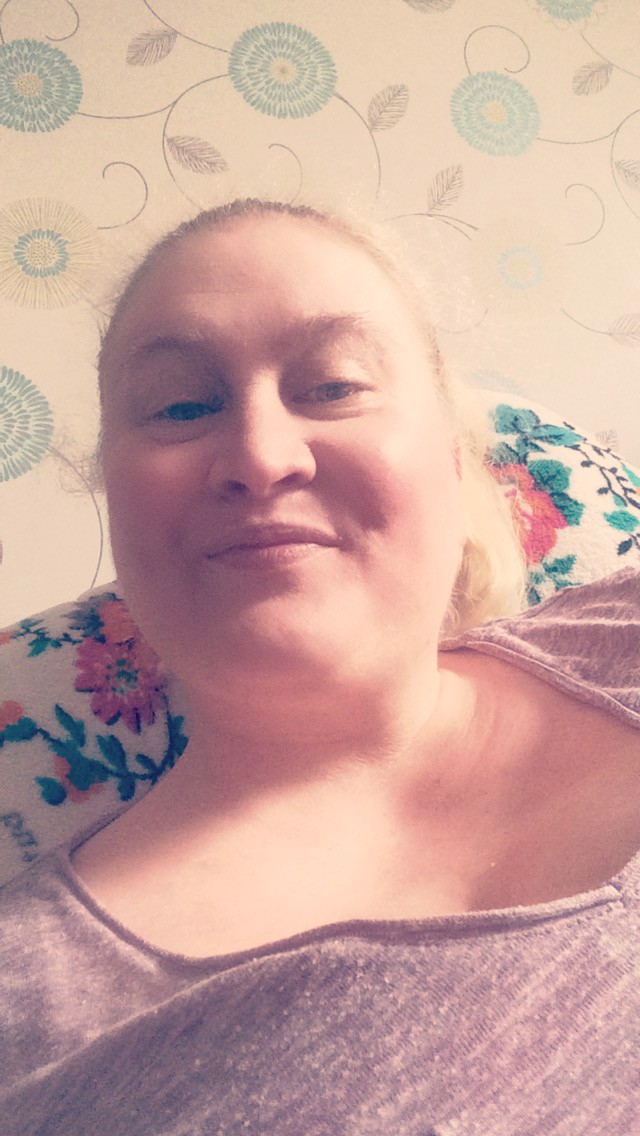Walking to Wheelchair: Story of Transitioning
- Kerry Thompson

- Nov 29, 2017
- 5 min read
My Muscular Dystrophy Story
So I thought I’d talk about how I transitioned from walking full-time to being completely wheelchair bound. This is my personal story of how my mobility has been affected by the progression of <span style='font-style: italic;'>FHL1 Gene mutation Muscular Dystrophy</span>.
I was a pretty normal healthy energetic child growing up, my mum was pretty sporty in her early years up until it was too much, so I followed her footsteps in my love for most sports I was even lucky enough to be in a few school teams like netball, rounders, hockey plus coming from the country side I had my horse, Tom. My early memories of being different didn’t come until around 18 yrs.
The Challenges of Muscular Dystrophy
Part of my particular condition is the weakening of muscles in my legs and upper arms, which meant a limp-like walk (which my best friend Sarah nicknamed me Peg). Balance did sometimes become a bit of a struggle. You could describe my life as a series of bumps, bruises, and falls on my bum (softer landing). The only way I can describe it, it’s kinda like watching a tree fall In slow motion, it became more difficult as years went on to pick myself back up off the floor. I began needing to use other items, like a chair or bed, to stand back up, it became a two-part, slow-moving process: floor to chair, chair to standing.
Tackling the stairs on a day-to-day basis, well that was a mastered art if I do say so myself. Going down was a hold on tight to the Bannister with both hands firmly gripping, making sure I had my balance then left foot down right foot down, going up was either the same as coming down or a cruel like fashion both hands on the 3rd steps, then one leg up, other leg up, move my hands to the next step then just before I reached the top step, I’d hold onto the bannister, put my right hand on my knee and push myself up and as if my magic I was safely at the top, not going to lie there were a few mishaps along the way when I’ve end up in a Heap at the bottom of the stairs “Children don’t try this at home!” but it did all really depend on how tired I was at the time. Going to other people’s houses or out… lf there was no lifts I was lucky to have the help of my friend's arms taking the strain, so it was a little easier especially on those girlie drunken nights outs!
My First Walking Aid
Around 22 it was time to bite the bullet as they say and purchase a walking aid so a very sexy folding black walking stick was to become my fashion statement for the next few years, I did channel my inner Charlie Chaplin!!
Living in my world meant being super aware of how close everyone and objects got to me, that even the slightest, sudden change I would end up on my bum or in a heap on the floor, luckily I have a personality where I find it easy to take the Micky out of myself so I would joke “if you look at me in the wrong way, I’d fall over”. Crowds could be a danger zone without a safety net of others. I needed them to help me physically, sure. But more for that reminder that if I did fall I didn’t need to be embarrassed, that I could laugh it off dust myself off and ignore the people staring at the funny way I walked or not so graceful landing on my bum.
Time to Transition to a Wheelchair
At 25 it was again time to reevaluate my situation and how safe I really was, I was falling more that my bum was becoming quite the soft landing plus picking myself off the floor had become my body’s way of laughing at me I felt like it was saying “you look comfy down there!!” I soon realized I was not physically strong enough anymore to get back up.
I cried because I was angry that I had to deal with a body that couldn’t keep up with my spirit. I cried out of frustration that the reality was, it was never going to get any better. I cried out of fear that I would lose my freedom. How was I going to cope with that? But mostly I cried because I knew what needed to happen. It was time to face the fact that, I needed a wheelchair.
My Diagnosis: Muscular Dystrophy
First step was getting an official diagnosis, I had moved away from home when i was 16, so having my mum’s help wasn’t really an option plus I’d kept it pretty quiet from my mum what I was going through, if you remember I had watched my mum growing up and if I showed the same sort of weakness and signs as her, I just assumed I had Muscular Dystrophy.Starting with a referral from my GP the ball started rolling, little did I know that my first appointment would be a lady that over many years has been the biggest help, Anna Kent Neurological conditions clinical specialist which leads to meeting my new neurologist DR Hilton-Jones Lead clinical at the muscle & nerve clinic in Oxford neuromuscular centre & consultation in Milton Keynes university hospital and his team.
My First Manual Wheelchair
My first experience was a manual wheelchair as much as it was easier and lovely being pushed around like lady Muck and on the odd funny occasion being left in the fruit and veg aisle when shopping, I felt trapped now not just in a body that didn’t want to work for me but now a wheelchair my arms weren’t strong enough to manoeuvre, after talking to Wheelchair services again the day arrived, a powered wheelchair (nicknamed Go-Kart) was being delivered to my house. I ran into corners, over feet, and pretty much anything my new wheels could find, as I began the unique task of relearning depth perception from a wheelchair. I could tell you that I’ve become a better driver since then, but my husband would tell you otherwise.
It was not an easy experience at times. I had to come to terms with the harsh truth that people reacted differently to the chair, in good, bad, and unexpected ways. There have been blows to my self-esteem that I’ve had to face along the way. Frustrating situations and lack of accessibility that have challenged me. I still deal with a lot of that, today.
But on the other hand, deciding to use a powered wheelchair has saved life, I could go shopping by myself, for the first time, without relying on someone else to push me around, Most importantly, the fear to live my life was gone.
Change Happens Because It Needs To
And you know what? My life stayed pretty damn normal. I kept going. I kept living. The beautiful, messy, wonderful chaos of my life continued, Go-Kart and all.
I started volunteering on and off, I got married even managed to stand for a photo, I travel around the UK and abroad, worked again, I’ve even recently started blogging to share my crazy world, I’m excited to see what the world has to offer me.
It’s been almost a decade since I first transitioned into a wheelchair, and a lot has changed. My mobility and physical strength will continue to change, as life continues, but then again, so does everything else.
But if this experience has taught me anything, it’s that change happens because it needs to.
Kerry x































Comments